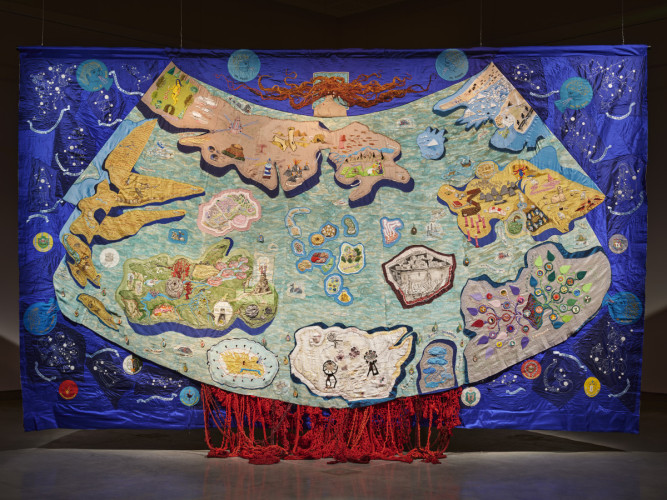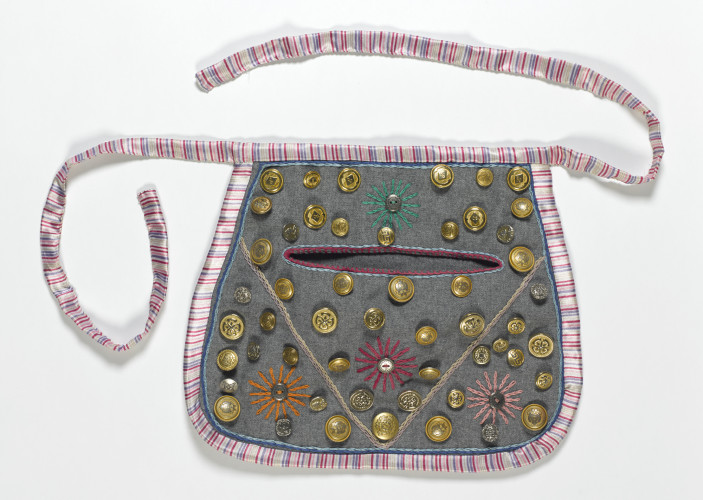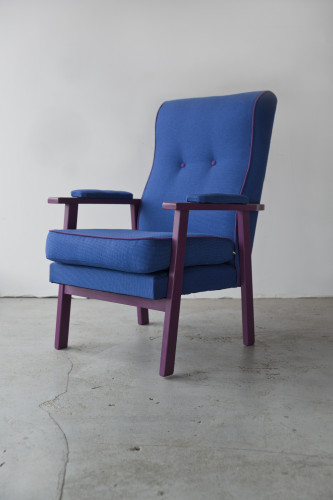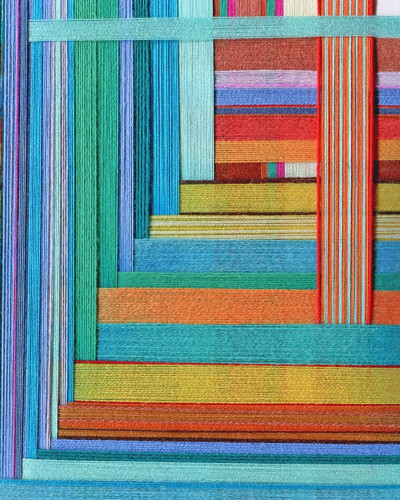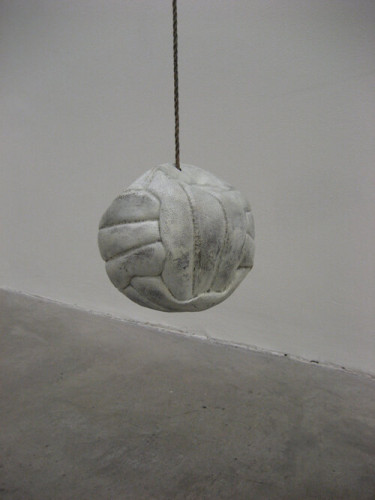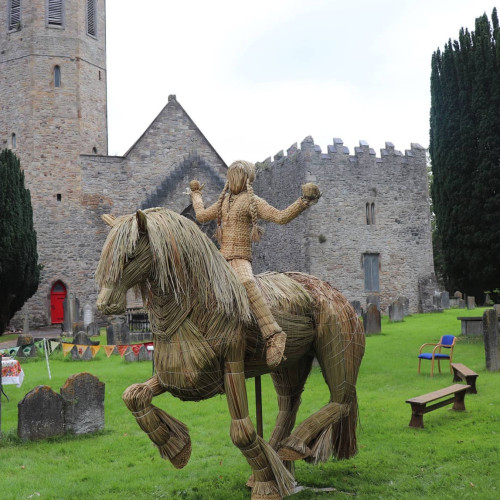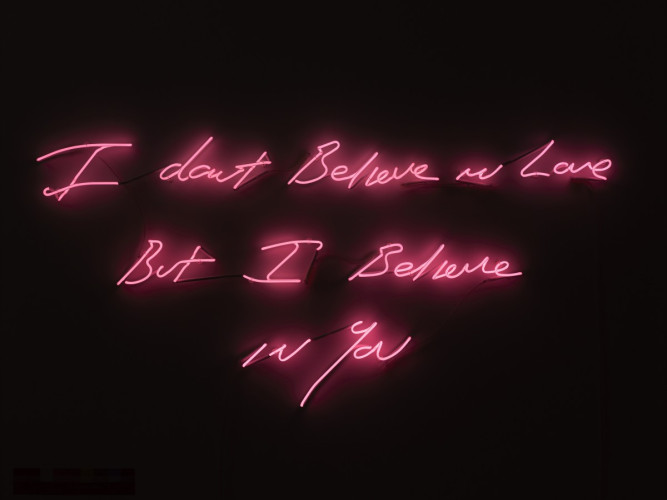This is Fibre! From the threads we wear to the textiles beneath our feet, we often interact with fibres in ways we hardly notice.
Fibres make up threads, which make up textiles, which make up our clothes, carpets and curtains. Even tech uses fibres, connecting us across the world via telephone and internet cables. This material has been used in all sorts of creative ways for a very long time. The oldest needle dates back 50,000 years and was made by a long extinct human species called the Denisovans. We’ve gone from using plants like flax to make fibres to inventing our own, like nylon. The Victorians even made art from human hair! Fibres have played an important role in our history - Egyptian mummies were wrapped in linen and Suffragettes used fabric banners to demand votes for women.










